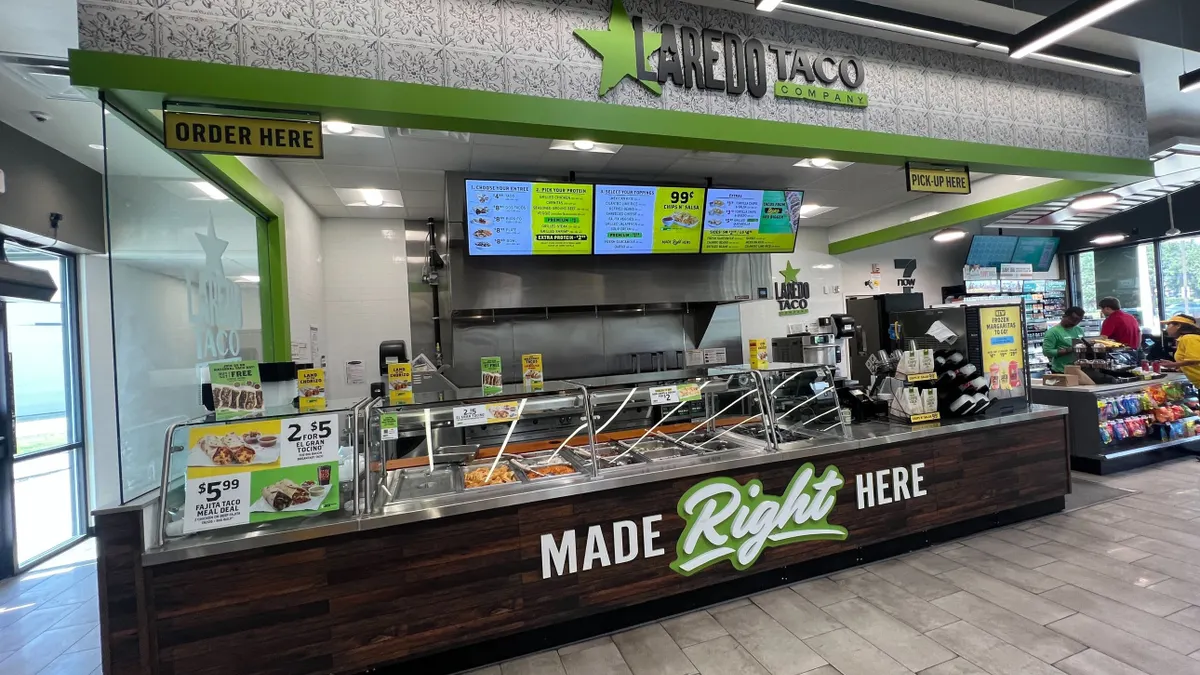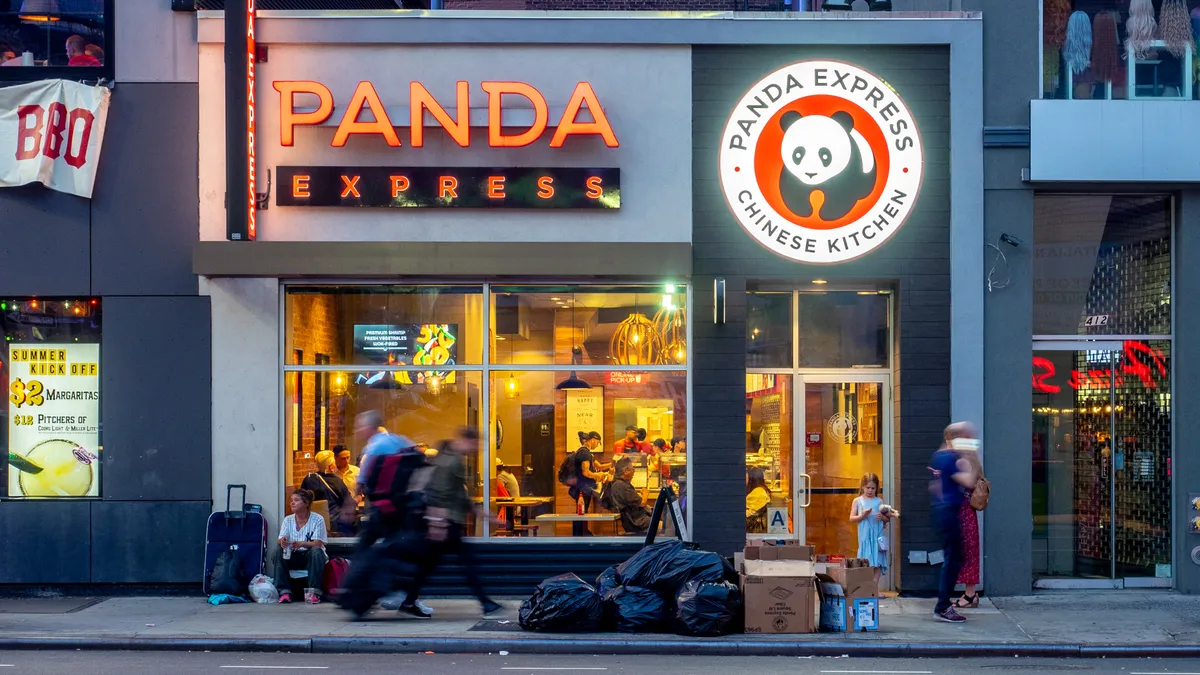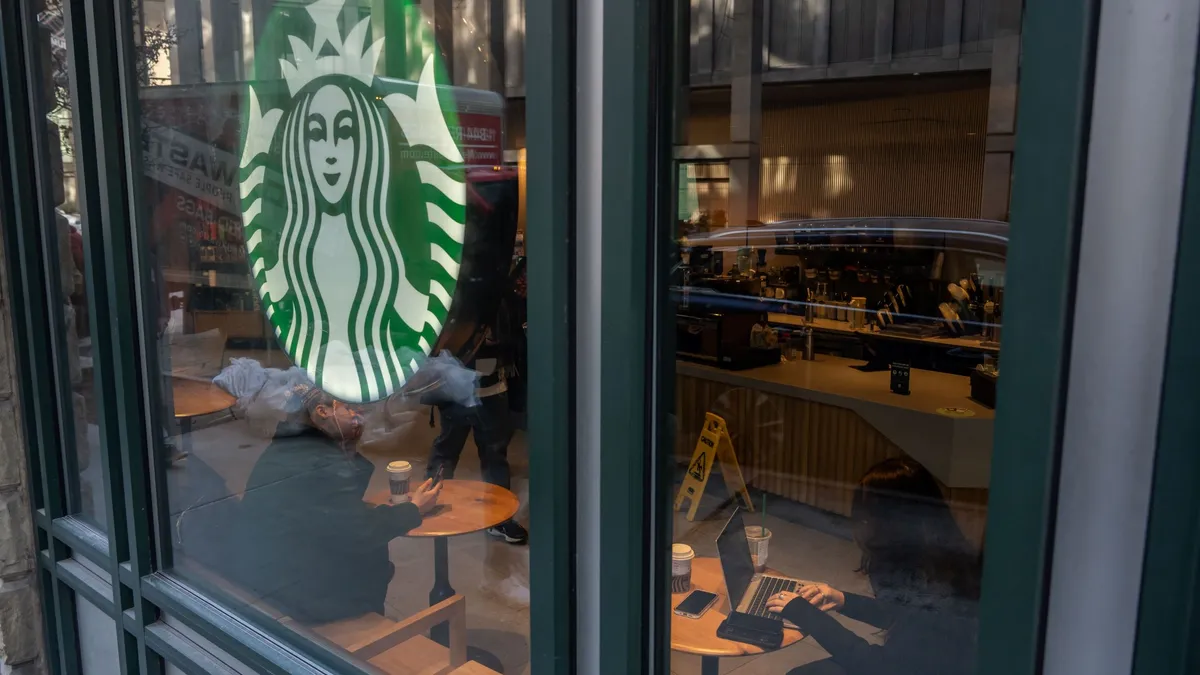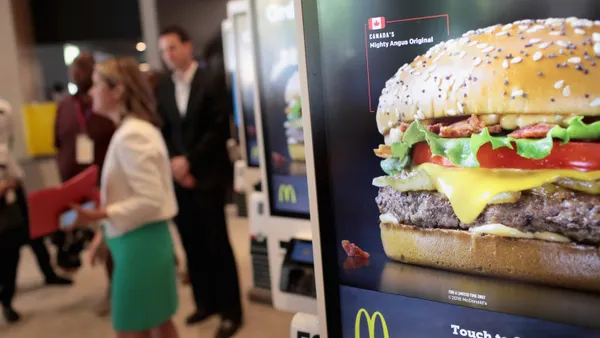Editor’s note: This article is part of an ongoing series exploring the political issues impacting restaurants and shaping the industry’s labor market. Interested in discussing restaurant politics? Email us at [email protected].
The high cost of restaurant business has sparked a political struggle between owners and employees as the industry’s labor issues fester. The National Restaurant Association is one of the most important players in this conflict, pushing for changes that would lower costs for restaurateurs.
Though restaurant employment has reached pre-pandemic highs, operators’ number one concern is still labor supply, according to the NRA. Restaurant wages have kept pace with and, at times, exceeded inflation, making the restaurant sector the only major industry to see such wage growth post-pandemic.
But restaurant workers are joining forces to negotiate for higher pay, safer work environments and extended benefits. A slow swell of union organizing is pressuring employers ranging from Starbucks and Chipotle to small independents to make such changes – which would incur further costs for thin-margined operators.
The NRA is forming a coalition with franchisees and national brands to defeat an effort by the Service Employees International Union and fast food workers to remake California’s labor law. Such changes would include a sectoral standards-setting council mandated by the FAST Recovery Act (AB 257).
Restaurant Dive spoke with Sean Kennedy, executive vice president of public affairs for the NRA, about how the association plans to address issues facing restaurants.
This interview has been edited for clarity and brevity.
RESTAURANT DIVE: Let's start with AB 257. How does the National Restaurant Association plan to stop it?
SEAN KENNEDY: California voters signed a petition saying that the bill was offensive enough to them that they wanted it to be suspended until it could be on the ballot in November 2024. The coalition gathered about 1 million signatures. That is telling.
What we have found is that when you explain the substance of what the FAST Act represents, people sort of scratch their heads and say: “That doesn’t make any sense. Why are you putting a new level of regulation on one subset of one industry?” There are a lot of small businesses up and down Main Street. Why would you treat one segment of one of those businesses as different than the others?
AB 257 targets national brands, which may have small business elements in terms of franchisees, in the case of McDonalds, or which may not, in the case of Starbucks.
KENNEDY: You [may] get the marketing push from a national brand, but you don’t get much more. You are still expected to create a working environment that’s going to attract people to come and stay, the same as the independent burger diner that’s down the street. We are an industry of small businesses overall.
Given how many small business owners there are and how culturally embedded this industry is, how did SEIU manage to pull off AB 257?
KENNEDY: I don’t think it’s a surprise that California would be the first state to do something like this. Organized labor has deep roots in the [California] assembly and senate, and they utilized that very effectively.
Coming out of the pandemic, you had a lot of sympathy for workers in the restaurant sector, so probably it was a little bit of a perfect storm where the messaging lines up with it being a state that naturally has strong ties to organized labor.
Does that have any implications for state politics outside of California?
KENNEDY: There haven’t been any meaningful FAST Act replica bills that have moved. Is this a California specific piece of legislation? We are acting as if it is not. We view this as such a unique challenge to one segment of our membership that we’re investing in advocacy and PR strategies in a number of states where we think that it might spread.
We are engaging with chambers of commerce, engaging with local electees, with mayors, with state representatives and with restaurant owners.
Our advocacy is based on using restaurant owners themselves to be not only the face of this but the voice. At the end of the day, they are the ones who own one or two restaurants in a community and they’re going to be faced with a unique set of regulations that other businesses are not going to face. And to describe what will the impact be: Is this going to make it more likely for them to expand or employ more people or support the community, or less?
Is the National Restaurant Association concerned about shop floor organizing and worker militancy?
KENNEDY: No. What we want to make sure of is that workers understand what the pros and cons are of being a part of a union. That is an issue that it really is handled more by the individual brands than the National Restaurant Association. We don’t provide legal counsel on what they should do on that front. Different brands take different approaches.
Looking at the high-level Bureau of Labor Statistics data, employment has recovered to late 2019, early 2020 levels. In constant dollar terms, sales haven’t grown much beyond that level. What makes this employment situation different from the immediate pre-pandemic context? What should the industry do to attract workers?
KENNEDY: [The industry should] educate people on what a job in the restaurant industry can be. There are a lot of people in this country that do not want an office job. They do not want a nine-to-five sitting in a cubicle. They want to engage with other people. They want to be part of servicing and serving a community.
Millennials are looking for different things in a workplace and for their careers than Gen Z and Gen X and etc. We are an industry that is constantly adapting ourselves to find out how to get the best, the brightest and the most motivated [workers]. For a lot of our workforce, this is their first, or second, or third job out of college. Some of them are still trying to find themselves.
We spend a lot of time working to adapt and re-explain the restaurant industry to a constantly evolving workforce from a generational perspective.
What can major employers do to address those aspects of restaurant work that might drive workers away?
KENNEDY: Every job is going to have things that are attractive and things that may be less than attractive. Restaurant work, depending on what your job is, can be very physical.
We are working on things as basic as air ventilation and cooling in the back of the house. We need to make sure that we are providing operators with the right guidance to them to make the right decisions and the right investments about how to make upgrades to make the back of the house a more comfortable place for workers.
A lot of workers are attracted to restaurants by word of mouth from their coworkers or friends who are working at a restaurant. We educate folks on how treating your workers plays a heck of a role in attracting other employees.
You [need to] have a management operation that’s actually listening to your employees. This begins to move into the unionization front as well. If [workers] feel like they’re being heard. If they feel like they’ve got skin in the game, it creates a more positive workforce and workplaces, where either they don’t feel they need to move into a unionized space or they don’t feel that they need to leave to go to another restaurant.
The advantage that restaurant workers have, right now, is that once they get training, like through the NRA Educational Foundation, it’s incredibly portable. Once you’re at a restaurant and you know how the back of the house works, or you know how the front of the house works, you are a valued poaching opportunity for another restaurant




















